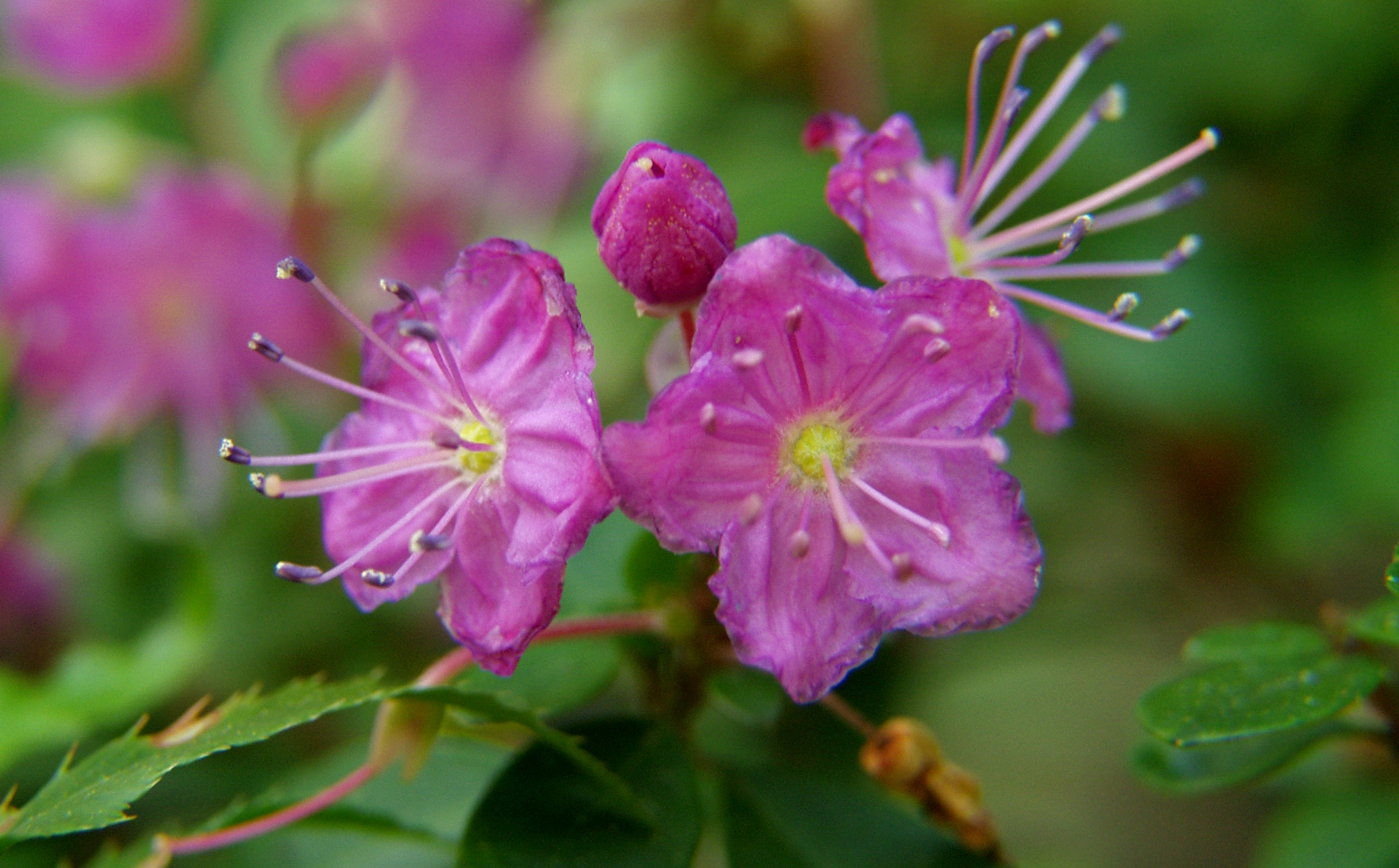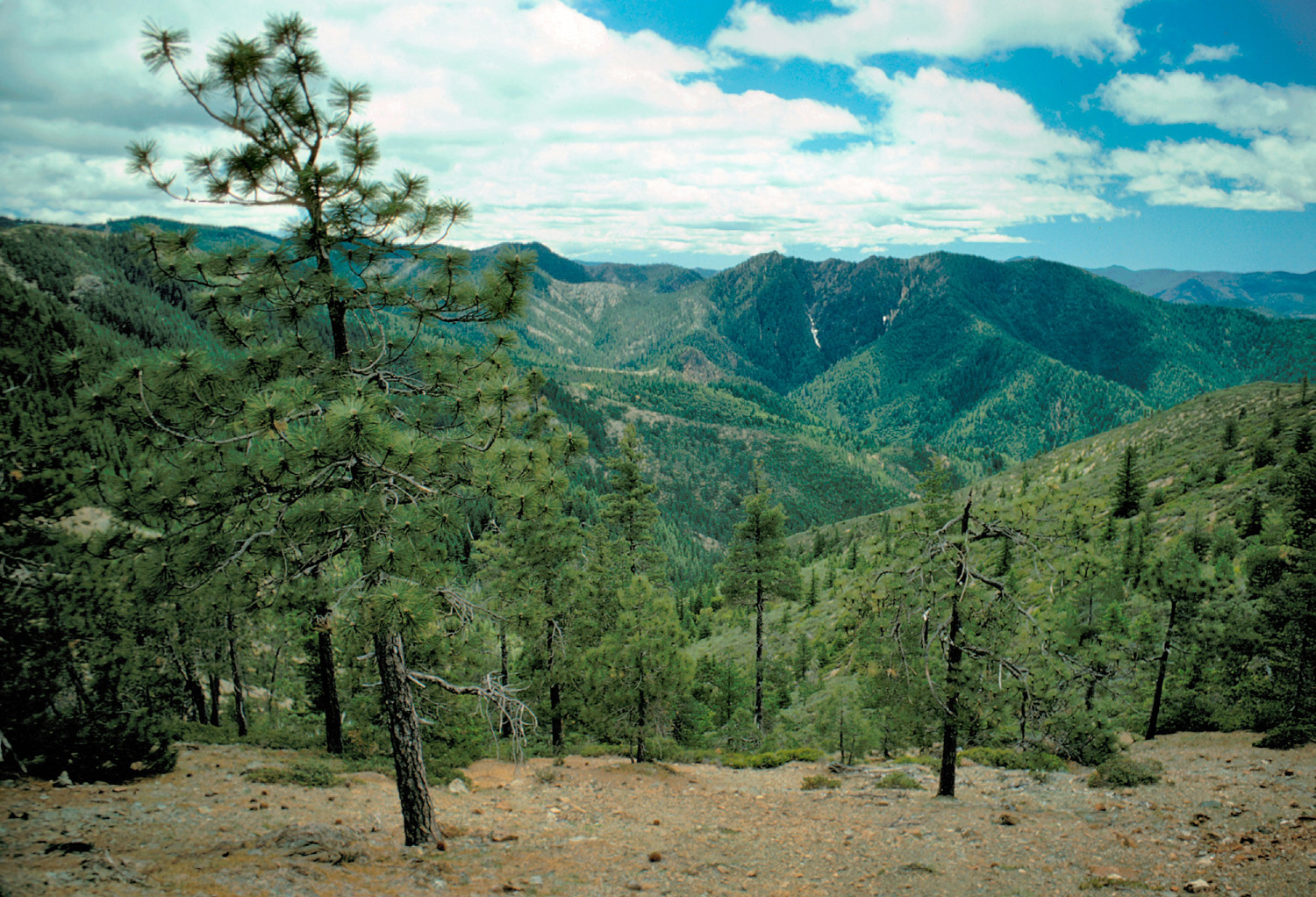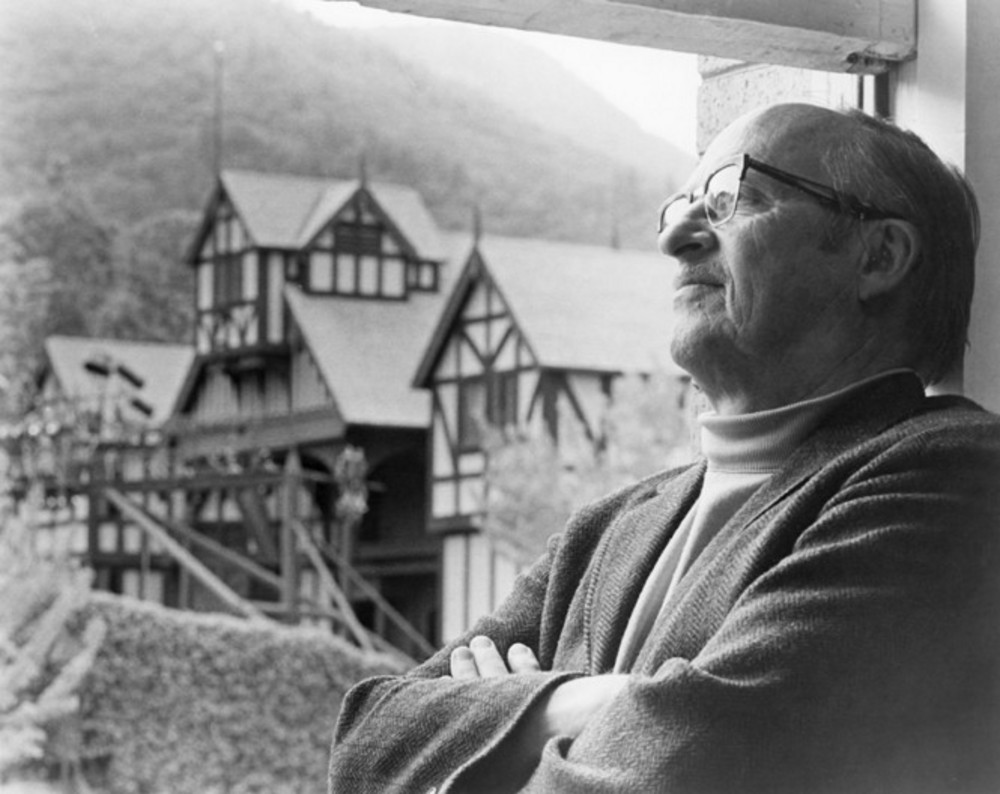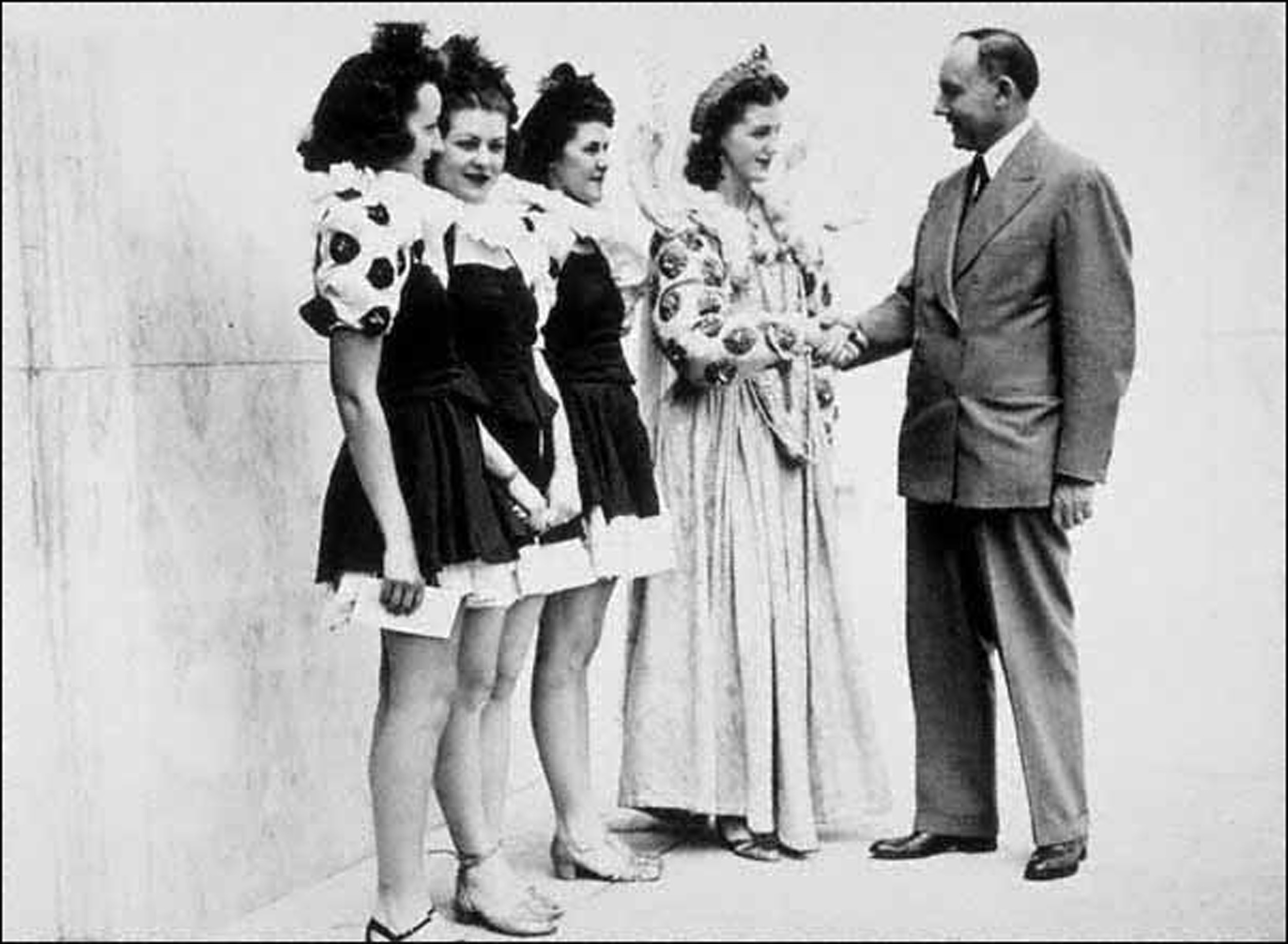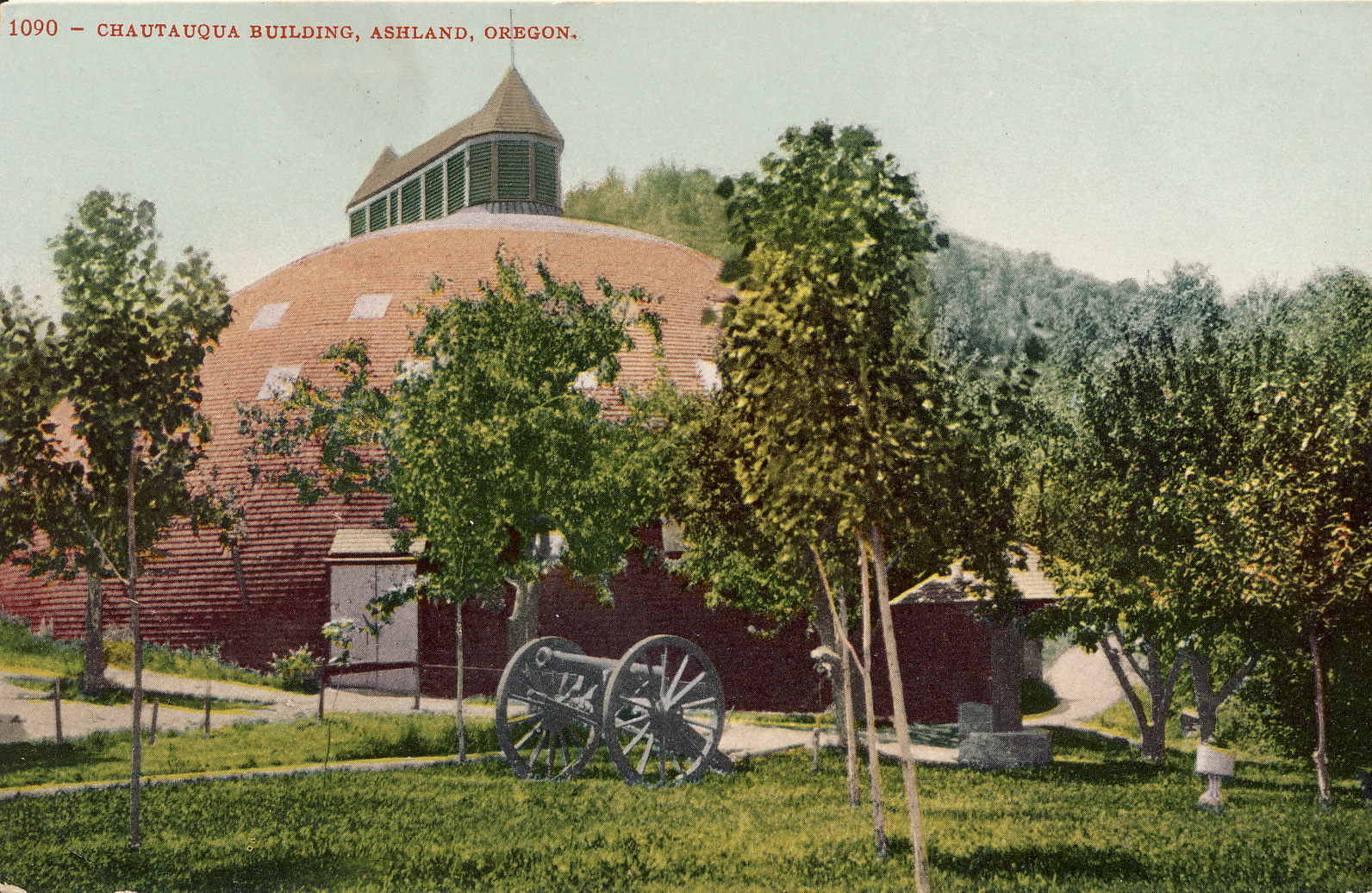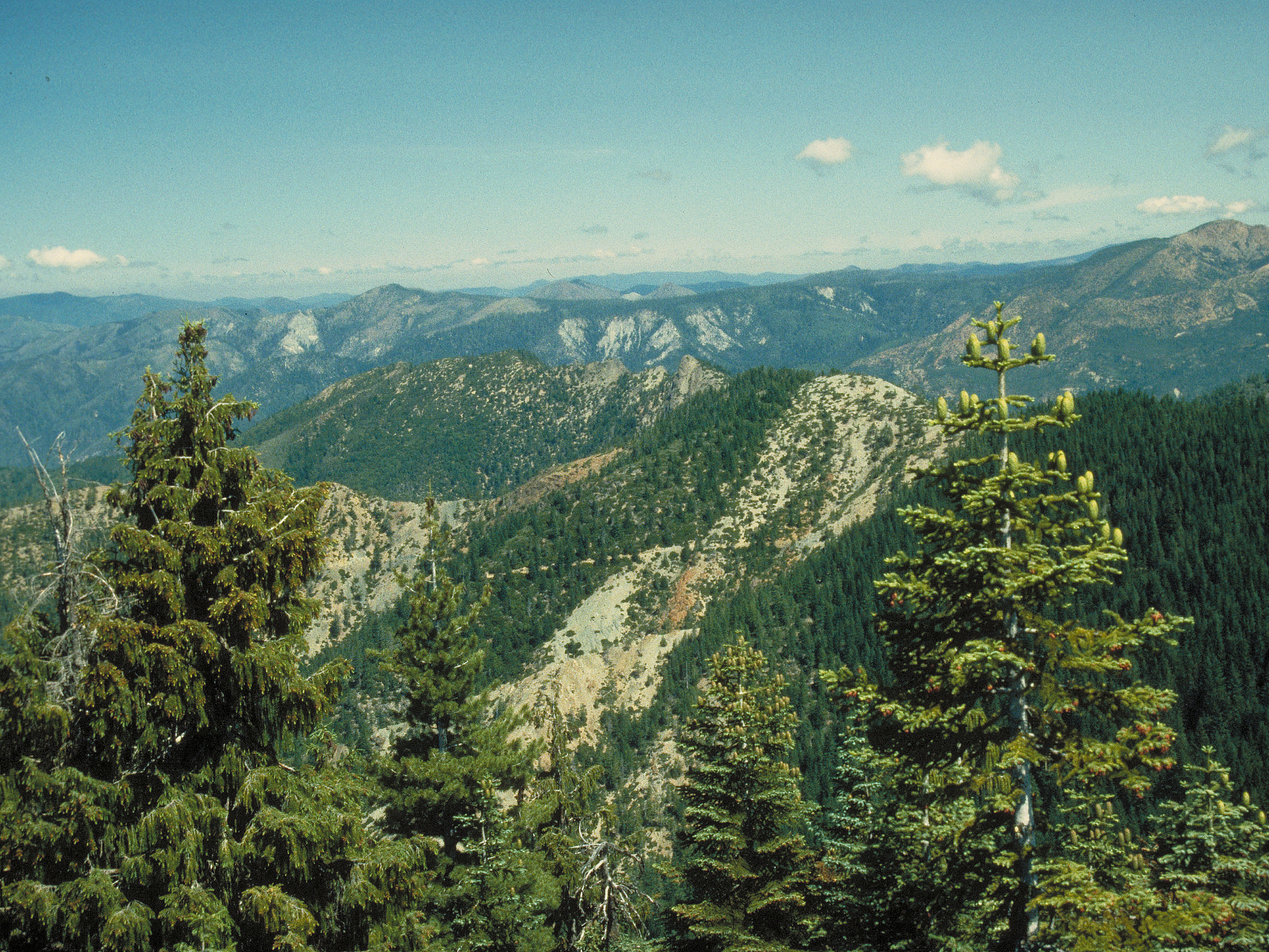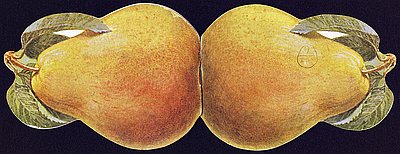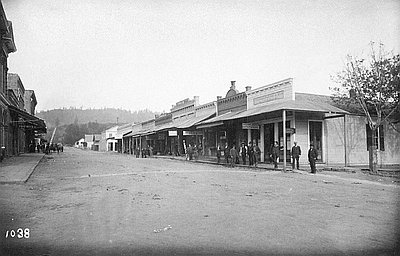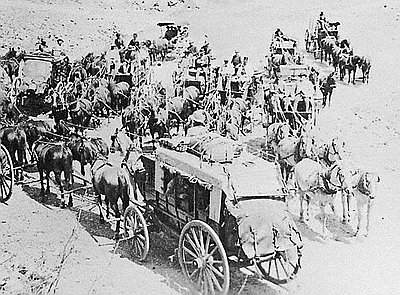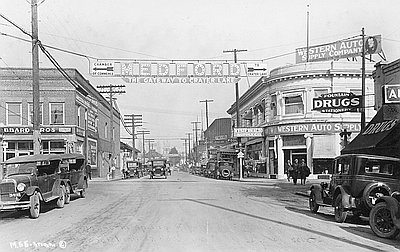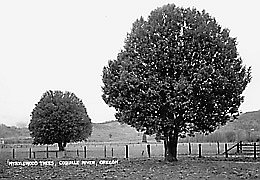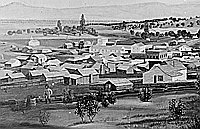Unending Delight, Vigorous Exercise, and the Creative Spirit
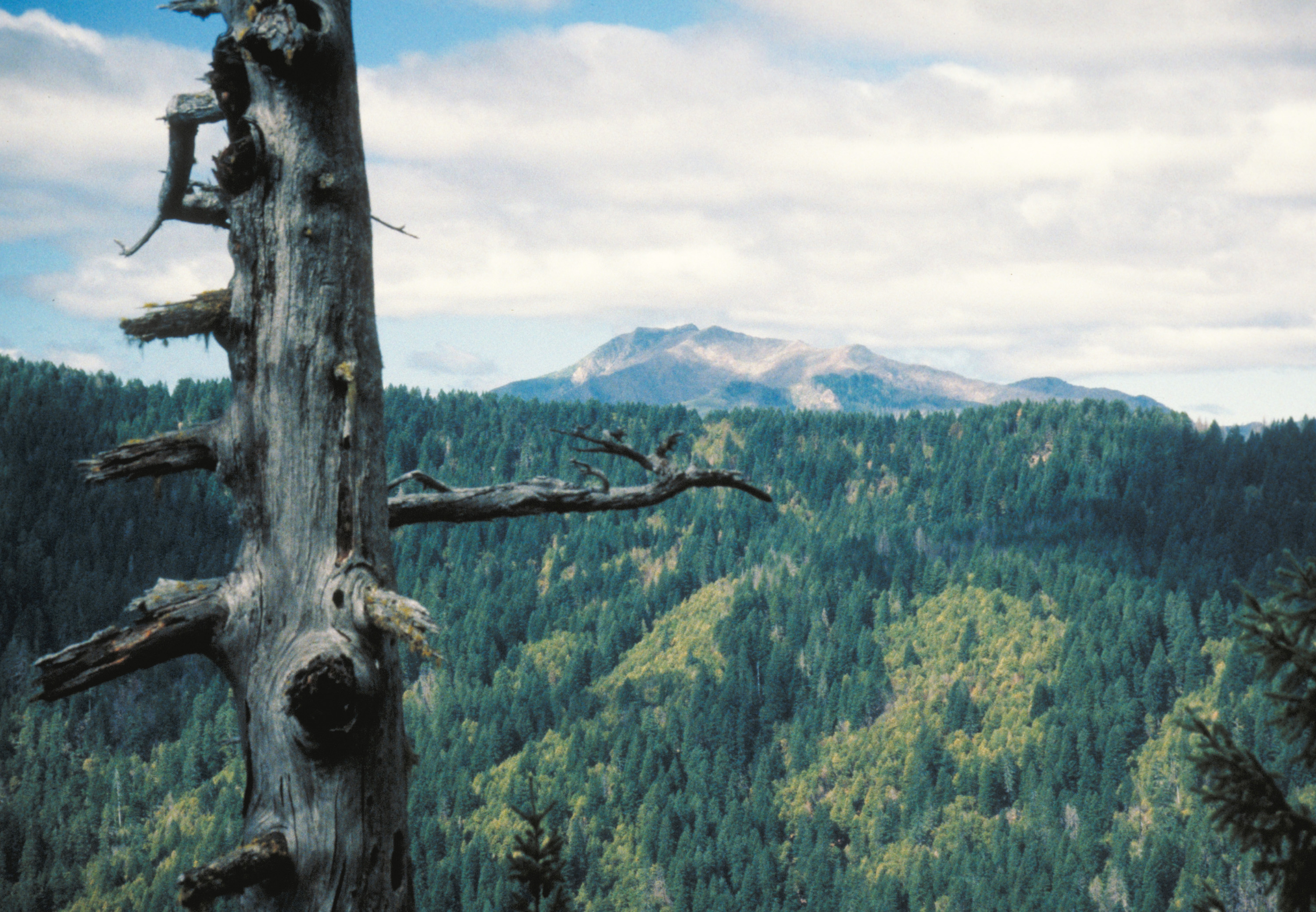
Kalmiopsis Wilderness
Recreation in southwestern Oregon’s forests and other wild areas expanded substantially after World War II and today figures prominently in the regional economy. Early in the twentieth century, recreation intertwined with work and the acquisition of food. Fishing and hunting provided sustenance but also allowed a break in the weekly routine. With improvements to highways and roads, a growing number of recreational anglers and adventurers joined local people on the rivers.
Describing the Rogue River as “one of the famous fishing streams of the West,” a Grants Pass Commercial Club brochure editor wrote: “The gamey trout is here and affords unending delight as well as vigorous exercise.” Publicizing the Rogue River’s wild beauty in his books, novelist and adventurer Zane Grey brought wide recognition to the river. Many more people visited Crater Lake—designated a national park in 1902—after an improved highway allowed them to drive to the spectacular site. Similarly, the Oregon Caves in Josephine County received many more visitors after workers completed a highway there in 1922.
Thousands of visitors explored southwestern Oregon in the years following World War II. The passage of the Wild and Scenic Rivers Act in 1968 and the subsequent listing of the Rogue, Illinois, Chetco, and North Fork Smith Rivers raised public awareness and the recreational use of these waterways. Today, visitors flock to these river canyons to fish for salmon and steelhead, raft the whitewater, camp, and hike.
The Klamath-Siskiyou ecoregion—designated an Area of Global Botanical significance by the World Conservation Union (IUCN), one of just seven such sites in North America—attracts visitors interested in the area’s unique geological and biological features. The Kalmiopsis Wilderness, encompassing 180,000 acres, draws thousands of people to the backcountry each year. Named for the rare plant Kalmiopsis leachiana, a small prehistoric rhododendron found within its boundaries, the Kalmiopsis is also home to many rare botanical species.
In recent years, the protection of wild and scenic areas has increased as more people have begun to value the preservation of natural resources in the region, while also working to ensure its livability and economy. The vision is not universally valued, however, and debate over wild areas and wetlands consistently provokes encounters between conservation proponents, property-rights advocates, and timber-industry representatives.
Marked by steep declines in the timber and agricultural industries, the region has nevertheless had a blossoming of art venues and heritage tourism. Jacksonville and Ashland especially have countered precarious economic times by supporting and promoting the arts. In July 1935, Southern Oregon Normal School (now Southern Oregon University) instructor Angus Bowmer and a small acting company performed Shakespeare’s Twelfth Night and The Merchant of Venice on a simple stage in the old Chautauqua shell, adjacent to Ashland’s city park. Following the success of the three-day festival, Bowmer’s company performed every year until disbanding in 1940 for the duration of World War II. In the twenty-first century, the Oregon Shakespeare Festival stages performances in the Elizabethan Theatre, the Angus Bowmer Theatre, and the New Theatre. In 1963, classical music enthusiasts founded the Britt Festival as a summer concert series on a hillside above Jacksonville. Since then, the annual festival has extended its season with a variety of musical performances.
Since the 1970s, a number of communities throughout the region have come to view—not without debate—historic resources as valuable assets. Restored buildings and neighborhoods in Ashland, Grants Pass, and other cities have increased public awareness of the value of history to cultural life and the economy. Historic markers and interpretive signs along the region’s major roads and scenic byways direct visitors to significant sites. Desperately poor and ramshackled after World War II, Jacksonville flourished after the 1960s, when citizens urged listing the city as a National Historic Landmark.
In addition to arts and history, agriculture also attracts visitors to regional locations. Tourists now explore farms and orchards where growers make fresh fruit and other produce available for sale. Wine grapes as well as pear trees now grow in the Rogue River Valley, their vines replacing the deep-rooted fruit trees. Over a dozen wineries now operate in the region.
© Kay Atwood and Dennis J. Gray, 2003. Updated and revised by OHP staff, 2014.
